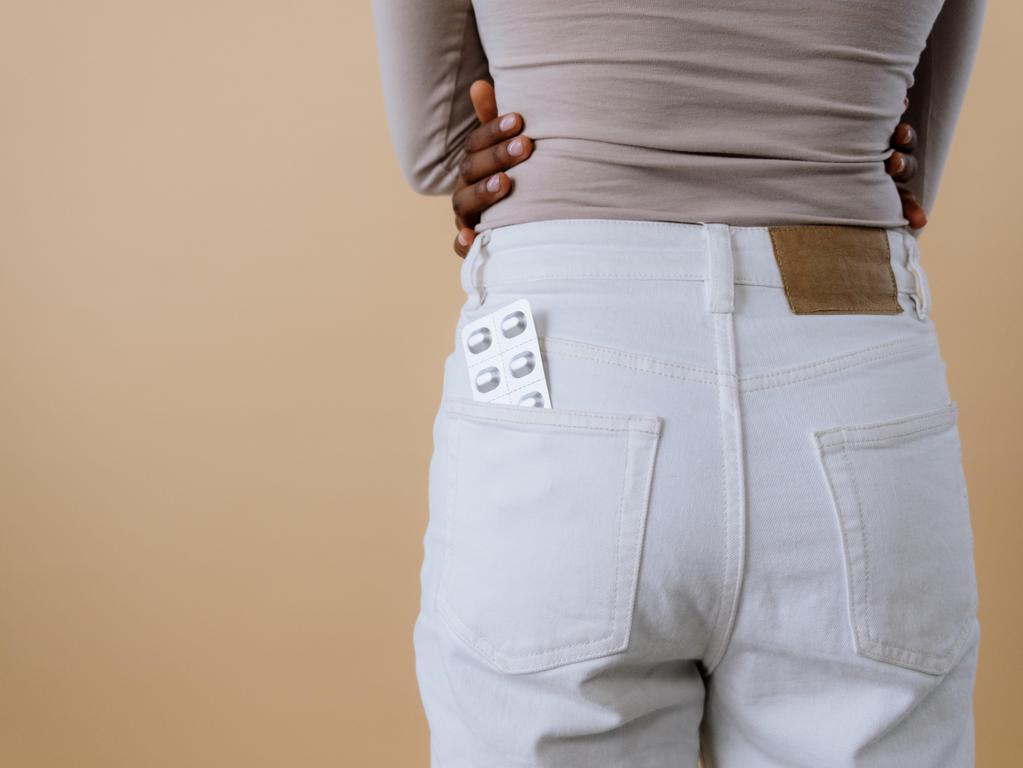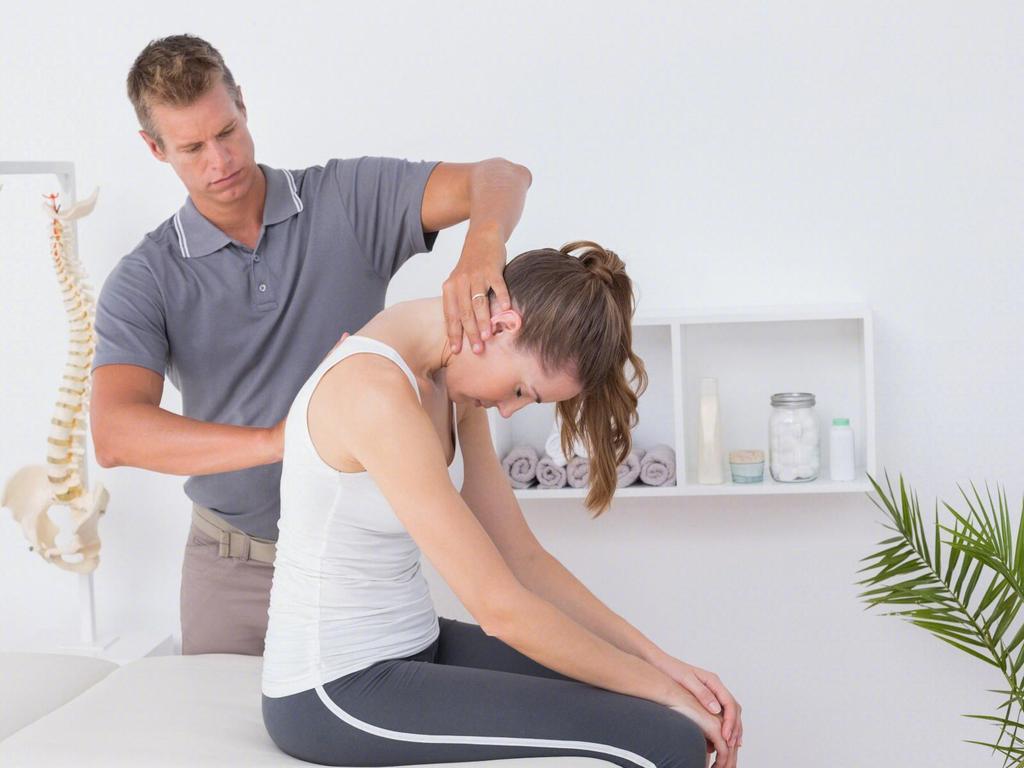Anal itching generally falls into the following categories.
First, if there are hemorrhoids, we call it secondary anal itching. Especially in the case of external hemorrhoids, particularly large external hemorrhoids in mixed hemorrhoids, or for some women with skin tags (a type of external hemorrhoids). For example, after each bowel movement, they always feel like they can't wipe clean. Or when the hemorrhoids are inflamed, there may be some secretions, which can irritate the perianal skin and cause itching.
Second, there are primary perianal eczema cases. For perianal eczema, it may present with local skin flushing, and there may be some small rashes. If some rashes break, the surface skin may ulcerate and have exudate. In this situation, besides itching, there may also be a local burning sensation or pain.

Third, there is primary perianal skin pruritus. The perianal area shows no rashes, the skin is not red, and there is no obvious exudate, but there is very obvious itching. In this case, we diagnose it as primary perianal skin pruritus. Both perianal eczema and perianal skin pruritus are two types of perianal skin diseases.
If it is primary perianal eczema or perianal skin pruritus, it is necessary to take sitz baths with warm salt water regularly and apply some external ointments, such as some hemorrhoid creams or short - acting hormonal ointments. If the itching is severe, some oral anti - histamine or anti - allergic medications may be needed.

If it is secondary, for example, caused by hemorrhoids, then we need to treat the primary disease, which is the hemorrhoids. This can be achieved through medication or surgery, and only then can the itching be completely relieved.
